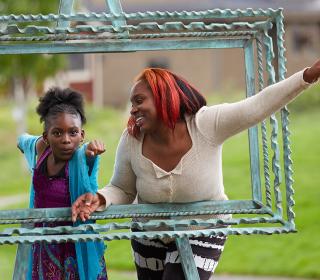STEM (science, technology, engineering, and math) is a rapidly expanding field of study and work, with STEM occupations growing over 79% within the last 30 years. But despite this explosive growth, only 34% of the STEM workforce consists of women, and of these women, less than 10% are BIPOC. Black, Latina, and Indigenous women are especially underrepresented in STEM fields, particularly in the engineering, life sciences, and computer science workforce.
To give more STEM career options and educational opportunities to these women, YWCA developed Femme2STEM. This free program was designed to help 17 to 24-year-old women advance in STEM and connect with STEM employers, mentors, and a supportive community. We spoke with Femme2STEM’s Program Manager Shalaya Manneh to hear her insight on the gender and racial divide in STEM, and how Femme2STEM works to bridge those divides.
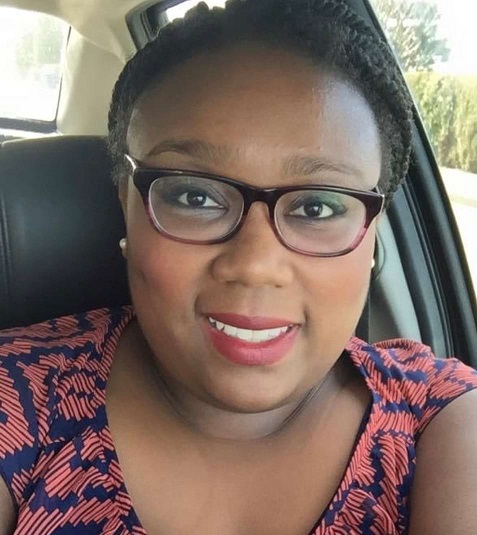
Barriers to the STEM field
Femme2STEM was originally a redesign of YWCA’s GirlsFirst program, which has existed since 1997. Shalaya has worked as its Program Manager for over two years, and thanks to it, she’s discovered a newfound love for STEM. “We use technology every day,” says Shalaya. “It’s cool learning about the different employees and companies that are out there, and what you can do with different technology. We’re a tech-heavy state, but there’s just so much out there.”
As part of Femme2STEM’s program, Shalaya connects participants with mentors in the STEM field, usually fellow BIPOC women, who can offer their perspective and experience. “Historically, STEM has been a cis white male field for so long,” says Shalaya. “Often, when women get in the field, they’re not supported – not fully supported. If a woman chooses to go off and start a family, that’s always frowned upon, and they don’t feel like they have the support at work to come back.”
Unfortunately, this is a common occurrence even outside the STEM workplace. Lack of flexibility, lack of support, lack of childcare, and low-paying jobs all factor into the decisions that make approximately 43% of women leave their jobs, or take a career break, after having a child. But even when women return to the workforce after having a child, many find it difficult to get hired after their break, and even more find it challenging to return at all.
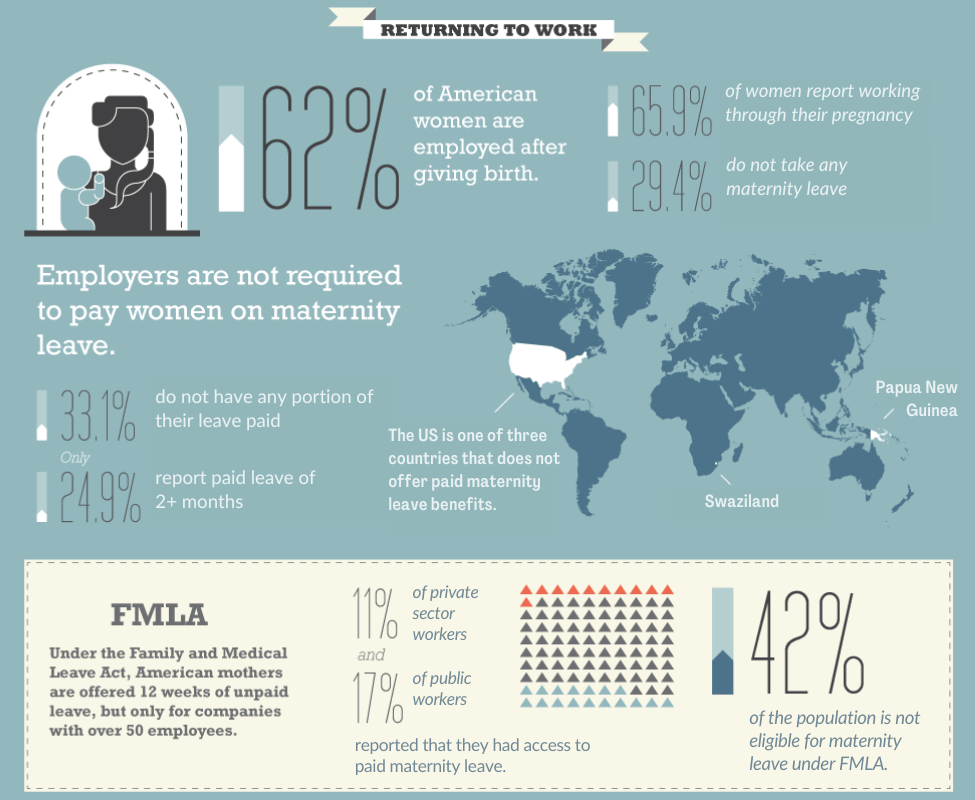
Shalaya says this is especially evident in the STEM field. Even when women don’t take a career break because of pregnancy, some leave the field after only a few years. “BIPOC women don’t have mentors. There’s a low worker retention rate [...] you’re not going to want to stay if you don’t see people who look like you.” Even with this in mind, when Shalaya learned the sheer number of Black and LatinX women who aren’t able to complete their 4 year STEM degree, the statistic shocked her.
Supporting BIPOC Women
Barriers to resources, lack of mentors, lack of role models, and a lack of a supportive network can make it difficult for young BIPOC women to succeed and thrive in the STEM field. With Femme2STEM, Shalaya hopes to change that. “We foster that passion for STEM in those who are interested in going into it as a career. Often starting before college, we guide them through the system and help them land a job and career in the STEM field.” Shalaya says they explore all avenues of STEM in the program, because there’s always a wide range of interests and because exposure to different fields can inspire students. Some participants already have an idea of what they’re interested in, but sometimes this changes over the course of the program.
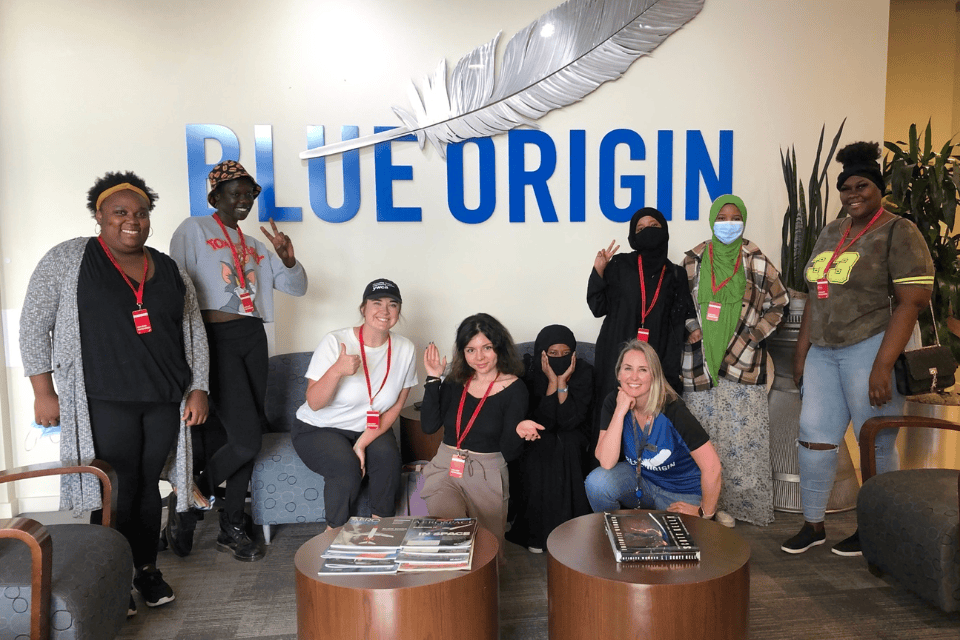
“One student was really wanting to focus on engineering and automotive work,” recounts Shalaya. “We got a chance to take a tour of Blue Origin in August, and it really opened up doors for her. She wants to dabble in computer science now. She never thought she’d be interested in aerospace, but now she wants to transfer to UW and take classes in it.”
These tours help give participants the opportunity to see what these careers look like in action, and the impact these tours have can completely change these program participants’ perspectives. However, this became a difficult task to accomplish once the pandemic hit.
COVID-19’s Impact
Like with many programs, Shalaya had to adapt Femme2STEM as new restrictions and guidelines formed in response to COVID-19. But the program structure wasn’t the only thing impacted by the pandemic. “Recruitment was a big challenge,” says Shalaya. “Given the demographic, a lot of our age group is in junior or senior year of highschool. We could recruit a lot in schools, but because of COVID, we couldn’t talk to students or schools anymore. It had a huge impact on our numbers.”
Femme2STEM’s activities and opportunities also had to change. “Being able to tour companies and being able to connect participants to internships is a big part of our program.” But because of COVID, almost no companies were offering either. “We’re funded by the City of Seattle, and part of that funding comes from having program participants participate in internships – but we couldn’t do in-person internships with COVID. A lot of the responses we got were ‘Maybe in 2022’ or ‘Maybe in 2023’, and we worked a lot to keep those relationships [with companies] going.” As time went on, companies adapted and Shalaya’s perseverance paid off.
Virtual tours soon became an option, as well as in-person tours for smaller groups as things slowly started to open back up. “We also have panelists who come and speak to our group. We try to invite women of color who can speak to their experience in the STEM field.”
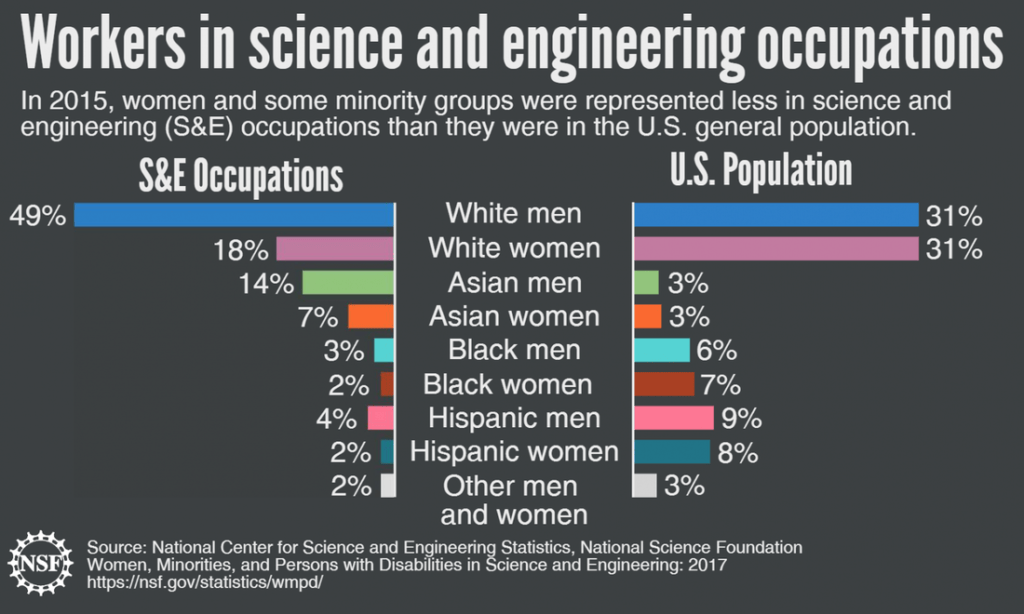
via Women in Science
Now, Shalaya and her staff are aiming to have at least a couple in-person events per month, making sure Femme2STEM participants are involved in the decision-making process. “We want them to have a voice, so we always give them surveys or polls to fill out. Some still want virtual options, but many want things to be in-person. We didn’t have any in-person events until the end of 2022, but this year, we hope to have at least 2 in-person events per month.”
A Community to Lean On
Supportive communities help people thrive, especially in environments where they don’t see themselves represented well. For Femme2STEM’s program participants, that sense of community is already strong. “Right now we’re restricted only to Seattle and King County, but I hope we’re able to expand the program,” she says. “I want to say: ‘Yes, enjoy our program! We’d love to have you!’” Although the program originally started with the intention of focusing on Black and Latina women, they’ve extended enrollment to nonbinary and other gender-diverse applicants with a passion for STEM, since they are another underrepresented and discriminated minority in the field.
Although some of their participants are quiet and shy, many take it upon themselves to build relationships with one another, even without the prompting of Shalaya or other Femme2STEM staff. “They’ll say something like, ‘Oh, I hear you go to UW, I do too!” and give each other advice on what teachers to avoid or what classes to take. We give our participants the tools and the prompts to get them going,” says Shalaya, though often these participants take initiative themselves. “We’ve seen girls automatically volunteer to do carpools so everyone can make it, like at our recent Pacific Science Center event. They want that kind of connection; they want people to lean on.”
2023 will be the first full uninterrupted year of the program, and Shalaya is looking forward to even more comradery and bonding between their program participants in the upcoming months.
Learn more about our Femme2STEM program, and sign up for our monthly newsletter to learn how you can take action to fight against racial bias and gender inequity.
Ana Rodriguez-Knutsen is the Content Specialist for YWCA's Marketing & Editorial team. From fiction writing to advocacy, Ana works with an intersectional mindset to uplift and amplify the voices of underrepresented communities.
We share the stories of our program participants, programs, and staff, as well as news about the agency and what’s happening in our King and Snohomish community.

